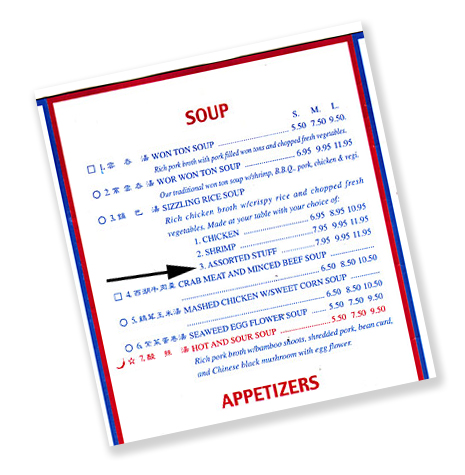We’re still doing a weekly newsletter… we’re just posting pieces of it every day. The news is fresher this way…
FINALLY – SOMETHING THE DEFENDANT AND GOVERNMENT AGREE ON
John Thomas engaged in the time-honored ritual of submitting fraudulent invoices to the town of Riverdale, Illinois, which reimbursed him for $374,000 he claimed to be owed.

A white-collar crimes go, John’s offense was rather quotidian, and the sentence – 60 months followed by three years of supervised release – was pretty unremarkable. But the sentencing itself was bizarre (in a numerical kind of way) and so “serious,” the 7th Circuit said yesterday, that “the government joins the defendant in asking us to reverse the judgment with instructions for a full resentencing.”
The judge must have had a busy day when John appeared before him for sentencing. He had had the Probation Office prepare a laundry list of discretionary and special conditions of supervision. Using the list, the judge ordered
discretionary conditions of supervised release, most of which have to do with restitution and money and seeking work, these are number 1; number 2; number 4; number 6 and number 7; number 8; number 9; number 14; number 15; number 16 which includes virtually every place where a probation officer could visit the defendant at a reasonable time. 17, notifying of change in residence. 18, notifying a probation officer promptly within 72 hours of arrest or questioned by a law enforcement officer… [and]
certain special conditions which is another list. Under special condition number 3, which requires community service, if there is unemployment for the first 60 days on supervision. Number 5, restricting credit charges. Number 7 is giving the probation officer information as to financial information. Notifying the court, number 7, notifying the court in any material change in defendant’s circumstances. This is number 10 under special, he will have to contribute an amount thatʹs at least 10 percent of his net monthly income to the extent that other financial obligations have not been met. And he may not enter into any agreement to act as an informer or a special agent of a law enforcement agency without the permission of the Court.
Yesterday, the Circuit held that a sentencing judge is required to give reasons for the conditions of supervised release that he imposes, and for that matter must actually read the conditions to the defendant, “along with the rest of the sentence; that was not done either, and the judge did not explain the omission.”

Although a judge may state during sentencing that he’s incorporating into the sentence supervised release conditions contained in a written notice of proposed conditions, but only if the defendant has had a chance to review the proposed conditions before sentencing, and provided there’s no conflict between the written notice and the conditions actually imposed in the judgment. Here, the defendant never saw the written list, and – even if he had – the judge imposed a condition that the defendant participate, at a substance abuse treatment program, that was not in the written notice. What’s more, the judge imposed special condition 7 twice, the first time incorrectly, saying that “Number 7 is giving the probation officer information as to financial information.” That was wrong: the financial information condition was Number 6 in the written judgment, leaving a discrepancy between the oral and written judgment.
“And finally,” the appellate court complained, “the judge gave no reason, as he was also required to do… for the term of supervised release — 36 months — that he was imposing.”

Defendants are entitled to hear in some detail what the terms of their sentence – both the incarceration and the supervised release portions – entail. John (who is scheduled to be released next fall) will now get to see the court again, where presumably he’ll learn what’s expected of him on supervised release at a sentencing that sounds like something more than a Chinese restaurant order.
United States v. Thomas, Case No. 15-2509 (7th Cir., Nov. 3, 2016)

